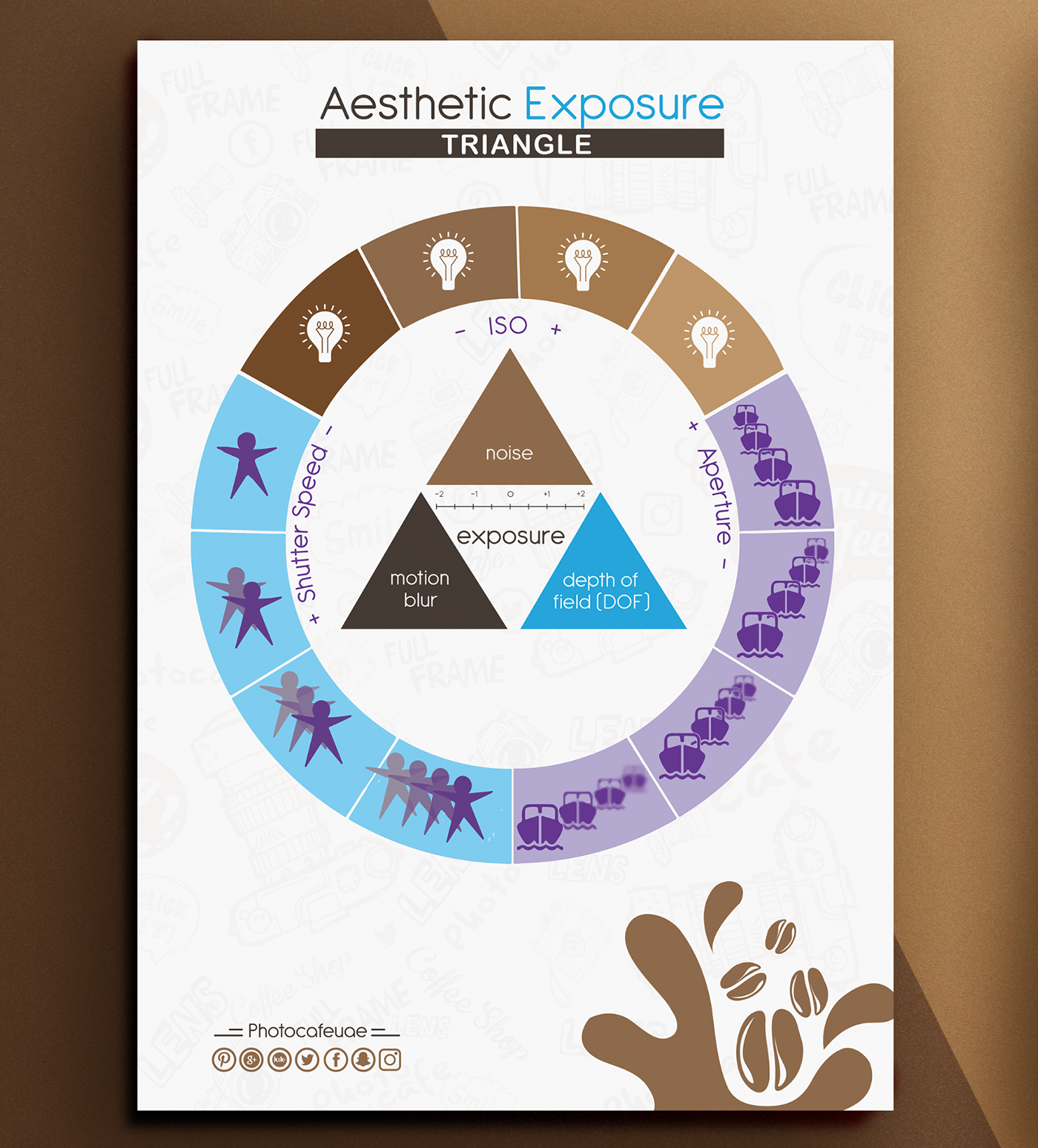Join Us To Discover Essential Digital Photography Suggestions That Will Certainly Unlock Your Camera'S Capacity-- Prepare To Capture Spectacular Images In No Time At All!
Join Us To Discover Essential Digital Photography Suggestions That Will Certainly Unlock Your Camera'S Capacity-- Prepare To Capture Spectacular Images In No Time At All!
Blog Article
Article Written By-Grant Odgaard
When you initially get your video camera, it can feel overwhelming with all the setups and options available. You might find yourself questioning just how to navigate aperture, shutter rate, and ISO successfully. Grasping these basics is essential, yet there's more to digital photography than simply technical knowledge. Understanding make-up techniques and lighting conditions can elevate your images significantly. So, what happens if you could find out straightforward approaches to enhance your skills and start capturing impressive images earlier than you assume? Let's discover exactly how to change your photography trip.
Recognizing Electronic Camera Setups
Comprehending your video camera settings is important for recording sensational pictures. When you pick up your cam, familiarize yourself with the three primary setups: aperture, shutter rate, and ISO. Each plays a vital function in exactly how your photos turn out.
Beginning with aperture, which regulates the amount of light going into the lens. A bigger aperture (reduced f-number) lets in much more light and creates a beautiful history blur, ideal for pictures. Conversely, a narrower aperture (higher f-number) maintains more of the scene in emphasis, perfect for landscapes.
Next off, concentrate on shutter speed. This setup figures out for how long your cam's sensor is subjected to light. A rapid shutter rate ices up movement, which is great for action shots, while a slow shutter speed can produce spectacular results like smooth water in landscapes.
Lastly, change your ISO. This setting affects your camera's sensitivity to light. A greater ISO works in low-light circumstances yet can present noise or grain. Go for Studio Photo while still achieving proper exposure.
Composition Techniques
When you're out capturing, composition can make all the difference in exactly how your pictures reverberate with viewers. Start by utilizing the guideline of thirds; imagine your framework split right into nine equivalent sections with 2 straight and 2 upright lines. Setting key elements along these lines or at their crossways to develop equilibrium and passion.
Next, take into consideration leading lines. These all-natural lines in your scene, like roadways or rivers, draw the audience's eye right into the photo, assisting them through the story you're telling.
Don't forget mounting; use aspects within your scene, like trees or windows, to develop a structure around your subject, adding depth and emphasis.
Likewise, keep an eye on your history. A chaotic background can distract from your primary topic, while a basic one assists it attract attention.
Finally, try out balance and patterns; they can produce a striking picture that catches focus.
Learning Lighting Issues
Grasping illumination conditions is critical for recording spectacular photographs, as the best light can change an ordinary scene into something extraordinary.
Begin by observing natural light at various times of the day. Mornings and late afternoons offer the most effective light, referred to as the golden hour. The soft, warm tones during these times can enhance your photos magnificently.
Do not shy away from cloudy days either; diffused light can decrease severe shadows and develop a pleasing result, specifically for portraits.
Experiment with backlighting by positioning your topic against the source of light. This method can develop a wonderful halo impact and include depth to your pictures.
Focus on your electronic camera setups also. Change the ISO, aperture, and shutter rate to suit the lighting conditions. A higher ISO can assist in reduced light, yet beware of grain.
Use a tripod in darker atmospheres to stay clear of blur.
Last but not least, don't forget man-made lighting. Flash and constant lights can be terrific devices for regulating light in difficult problems.
Verdict
Finally, grasping your camera does not need to be overwhelming. By understanding your settings, applying composition strategies, and using the power of all-natural light, you'll rapidly elevate your photography abilities. Keep in mind, practice makes ideal, so venture out there and explore your newfound knowledge. With time and devotion, you'll be recording sensational photos that reflect your unique perspective. Enjoy Suggested Web page , and don't neglect to enjoy while you're at it!
